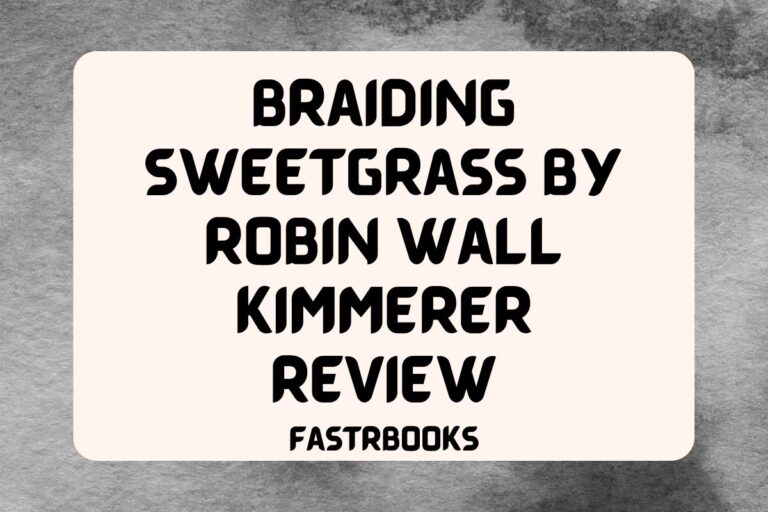Eleanor Oliphant is Completely Fine Review
Today’s discussion is on “Eleanor Oliphant is Completely Fine” by Gail Honeyman.
While some might expect me to critically dissect this novel, I want to balance my critique with an acknowledgment of its positive aspects, despite having issues with some of the author’s choices and not enjoying the book overall.
Summary

Eleanor, a thirty-year-old woman living in Glasgow, leads a solitary life, marked by her daily routine of work and evenings spent alone, with her most significant relationship being with a bottle of vodka. Despite her self-sufficiency and disdain for others, hints of a traumatic past and a troubled relationship with her mother suggest deep-seated issues.
The narrative begins to shift when Eleanor becomes infatuated with a local rock star, sparking a journey of self-improvement, and an unexpected friendship forms between her, a coworker named Raymond, and an elderly man they assist together.
My Review
One of the book’s strengths is its portrayal of Eleanor as genuinely unlikable, challenging the often superficial treatment of social outcasts in literature.
Her brutally honest thoughts and awkward social interactions offer a refreshing depth to her character, making her journey toward friendship and self-acceptance all the more impactful. The evolving relationship with Raymond, characterized by genuine care and ambiguous intimacy, further enriches the narrative.
The novel also finds charm in its humor, particularly through Eleanor’s blunt interactions and the inclusion of a cat that provides moments of levity. These elements, coupled with a nuanced look at trauma, contribute to the book’s complexity, challenging the notion that a story must be overtly serious to tackle serious issues.
However, my main critique lies in the characterization of Eleanor and the book’s manipulative tone.
Eleanor often feels like a caricature, reduced to a set of predictable traits and behaviors that undermine the authenticity of her voice. This issue is compounded by the author’s heavy-handed manipulation of the reader’s emotions, detracting from the story’s potential impact.
In particular, the book’s approach to Eleanor’s past and its influence on her present feels overly simplistic and occasionally insensitive. While the novel attempts to explore the themes of loneliness, trauma, and recovery, these efforts are often overshadowed by a lack of subtlety in execution, leading to moments that feel more like authorial intrusion than genuine character development.
Ultimately, “Eleanor Oliphant is Completely Fine” presents a mixed experience. While it offers insightful moments and engaging dynamics, its shortcomings in character development and narrative manipulation leave a lingering sense of dissatisfaction.
The book’s popularity and emotional resonance with many readers cannot be denied, yet its artistic merits and treatment of complex themes warrant a critical examination.
As we continue to discuss and debate the merits of this and other works in the context of literary prizes and recognition, it’s crucial to engage with a diversity of perspectives, always striving for a thoughtful and respectful discourse.
Thank you for reading, and I look forward to your thoughts and opinions in the comments below.
See you soon for another review.






